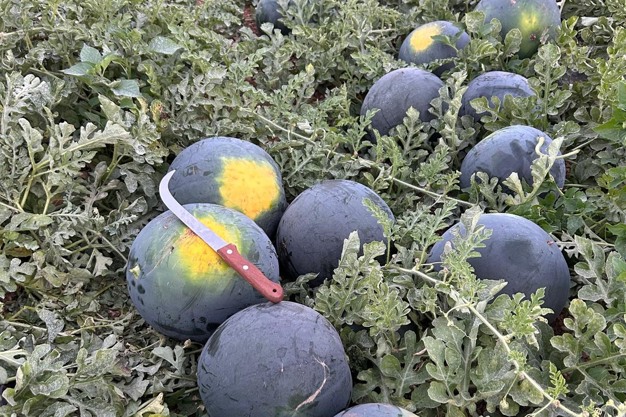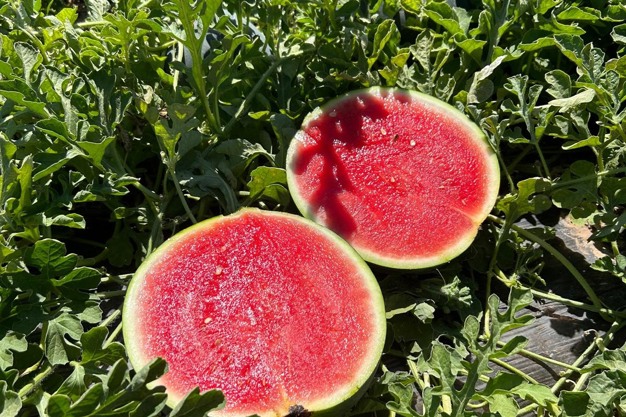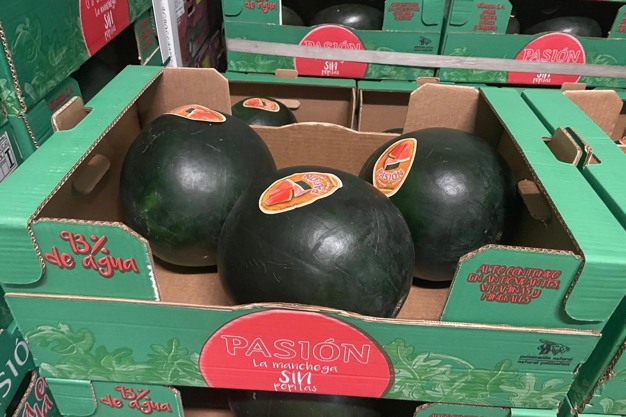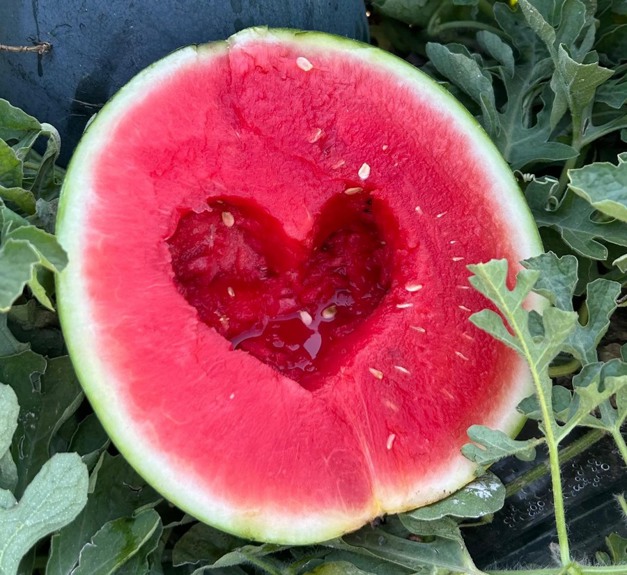A reduction in the watermelon supply in the mid-point of the campaign is resulting in rising prices at origin. "The campaign started well, with fruit of very good quality, but at this time we are harvesting the fruit that should have been setting in Easter. Due to the bad weather at that time, the supply has decreased, and calibers have been generally smaller," says Raúl Arroyo, from S.A.T. Agrollanos. "However, the quality remains optimal."

"Currently, the demand in the domestic market is not that high, and the same can be said about the export market, but we think that the demand will start picking up in the coming weeks as temperatures rise. Moreover, Europe has not fully switched to Spanish watermelons yet, as we see that overseas fruit is still arriving while Greek watermelons and those from other Mediterranean areas are starting to appear."

The selling price has dropped somewhat, "but at origin, it is holding steady and doesn't fully align with the market situation. Still, everything will depend on the demand and the weather, so it could fall in the coming weeks."
"It's difficult to give an exact figure, because there are different sizes and varieties, and the price range is quite wide, but unsorted watermelons are fetching between 55 and 60 cents per kilo, while in the warehouse, after sorting, the price can rise to 70-80 cents per kilo." These figures are certainly high compared to the average of 25-32 cents per kilo that the Andalusian Regional Government recorded for black and striped watermelon (18 cents per kilo for mini watermelon) in the same week last year.

"Regarding the open ground productions that will arrive after Almeria's greenhouse crops, we are seeing a good setting in Seville and Cordoba, slightly delayed, but so far without any problems. We are just lacking a bit of heat at this time."
"As for Castile-La Mancha, it's still too early to know what will happen. For now, we know that there has been a 10-15% increase in the watermelon acreage, which implies there will be less melon, as the total acreage of both crops is expected to have remained the same."
"Melon is a more difficult and delicate crop than watermelon, and the melon market share has decreased. It's important to keep in mind that Piel de Sapo melons, which are the ones predominantly cultivated in Castile-La Mancha, are mostly intended for domestic consumption, whereas watermelons are marketed both in Spain and also in export markets. Consumers are increasingly opting for watermelon and we, the producers, cultivate what the market demands."

 For more information:
For more information:
SAT Agrollanos
C/ Luís Mingo s/n
13220 Los Llanos del C., Ciudad Real, Spain
Tel.: +34 926 644 188
[email protected]
www.satagrollanos.com










